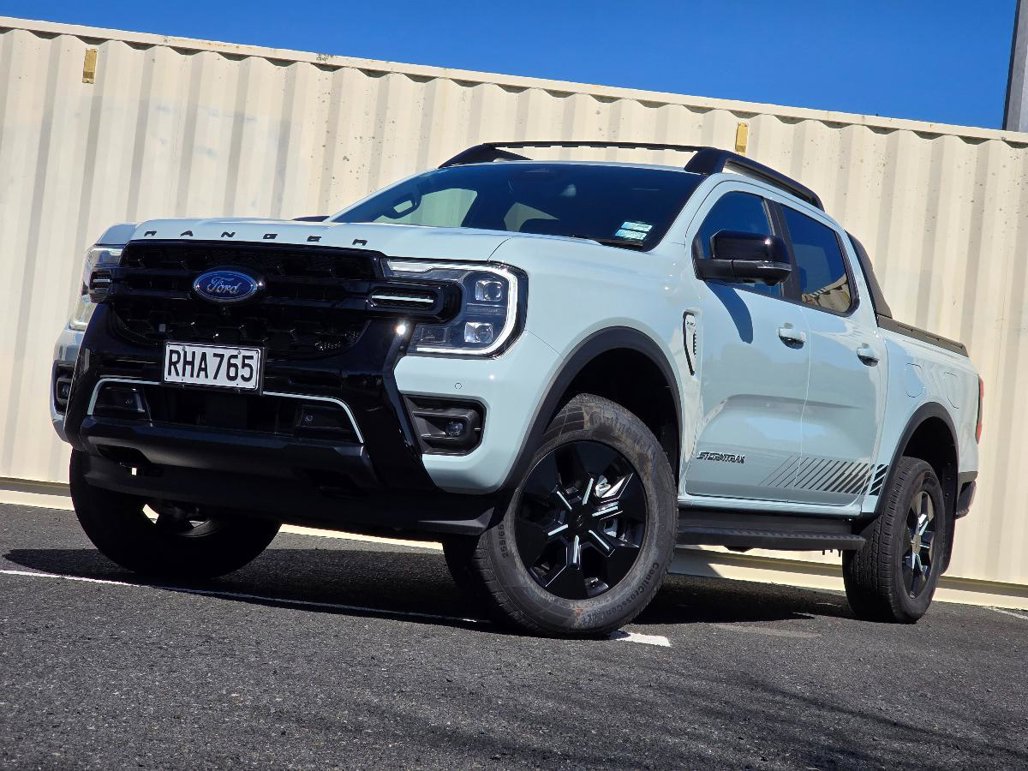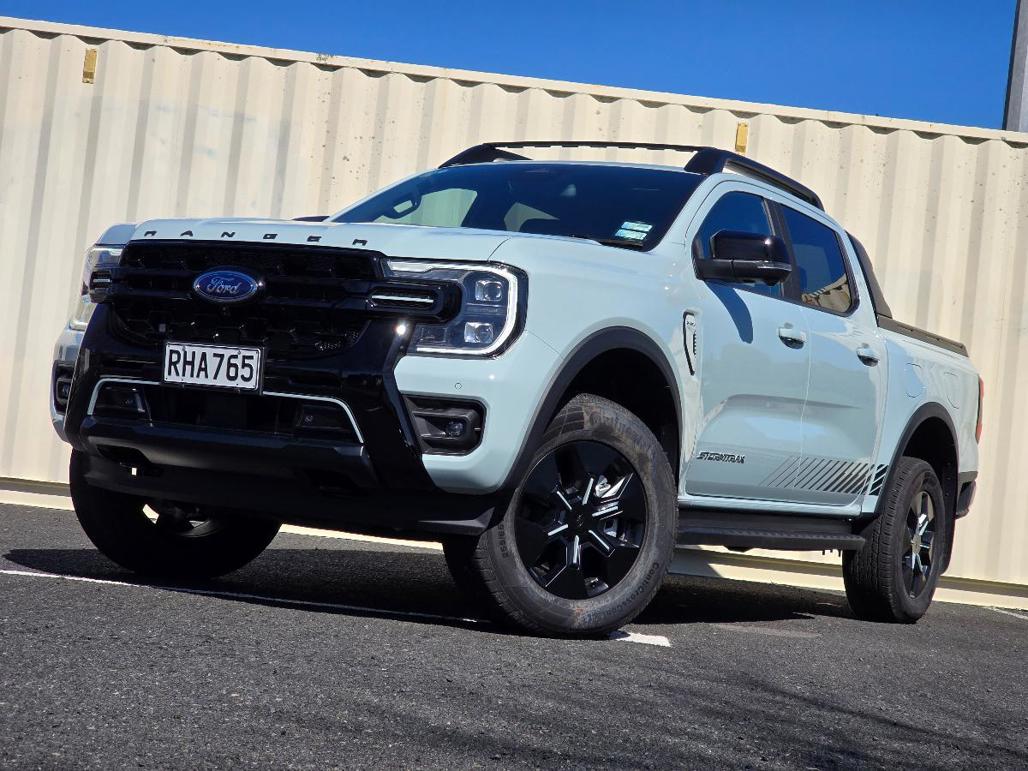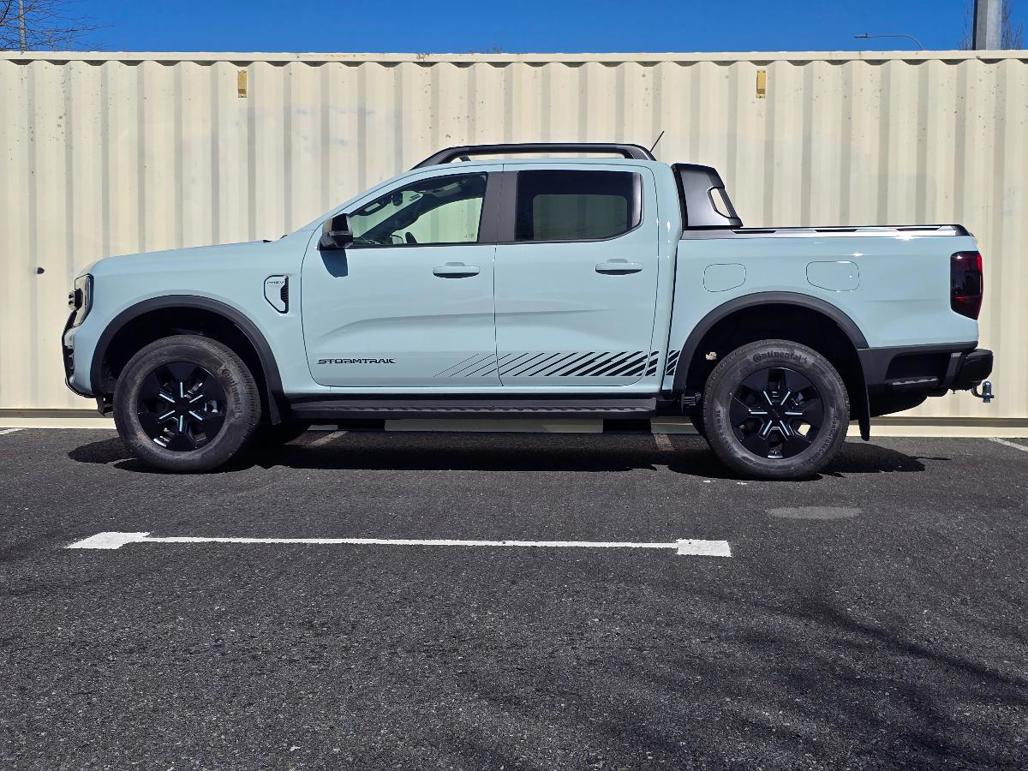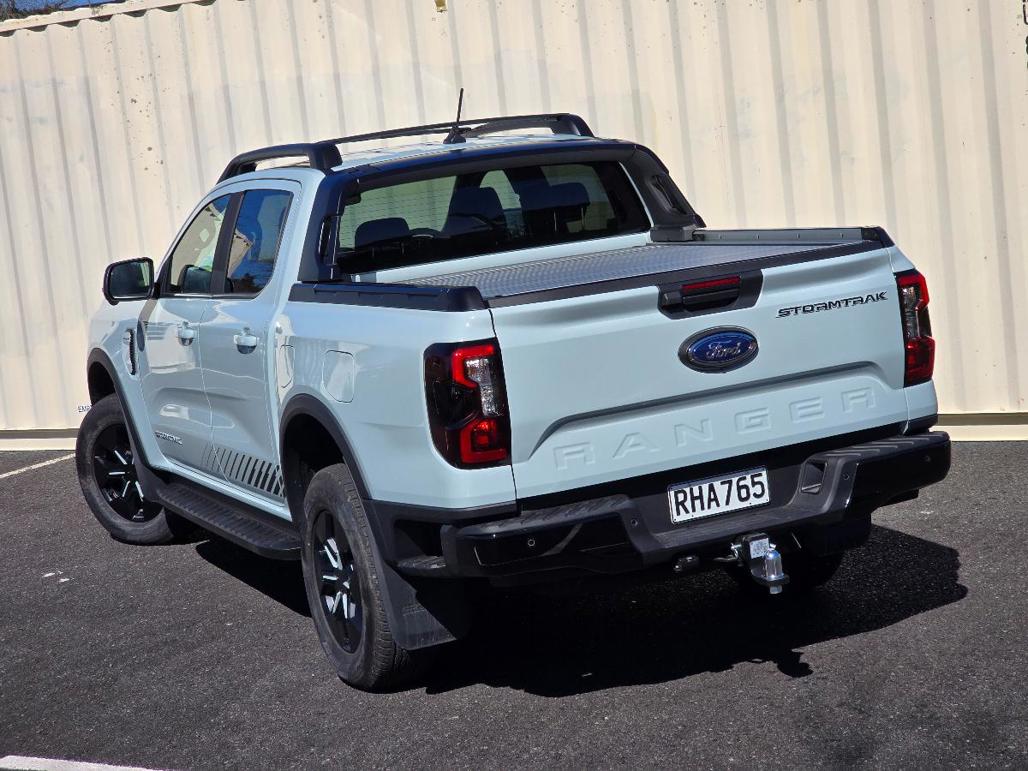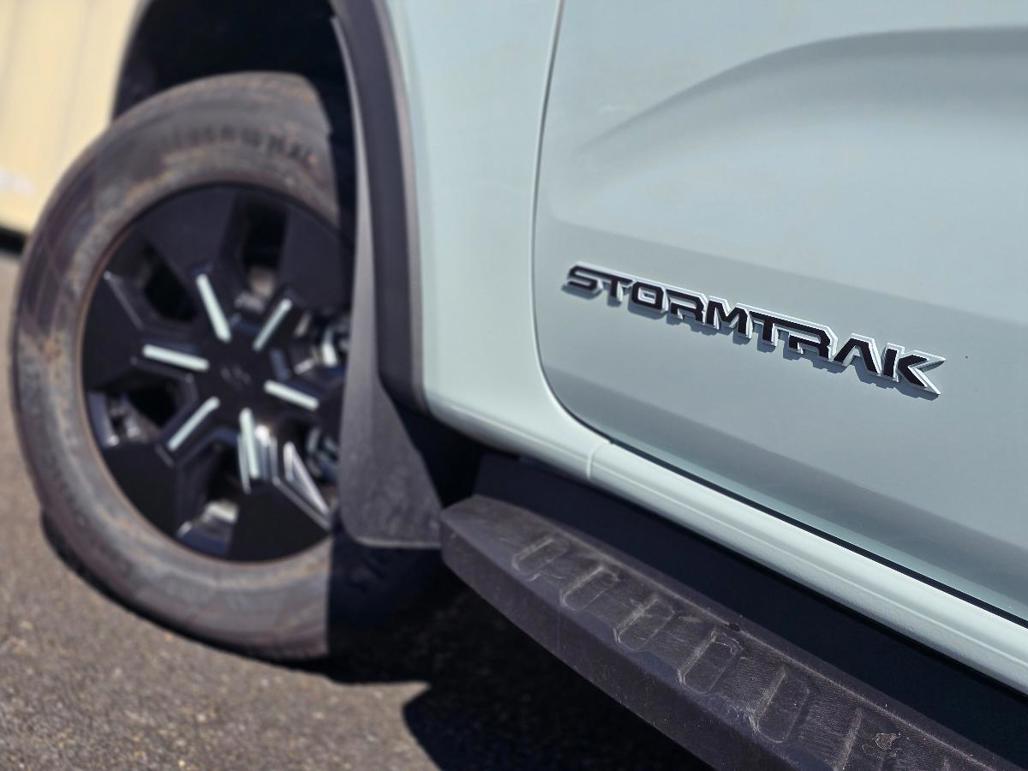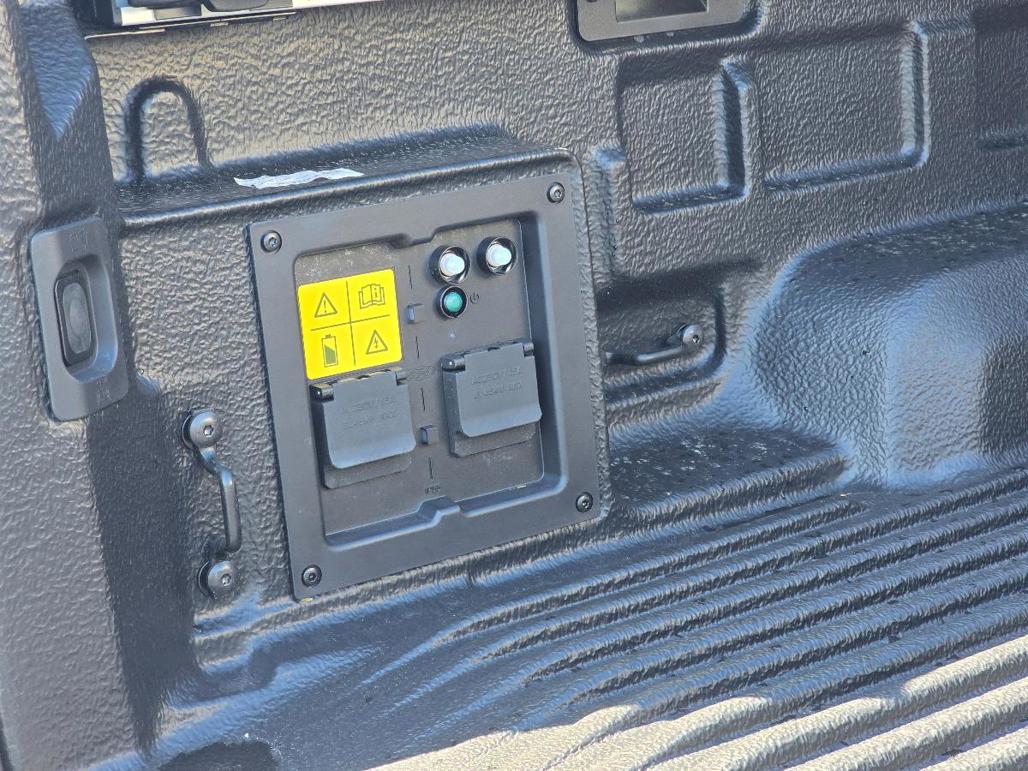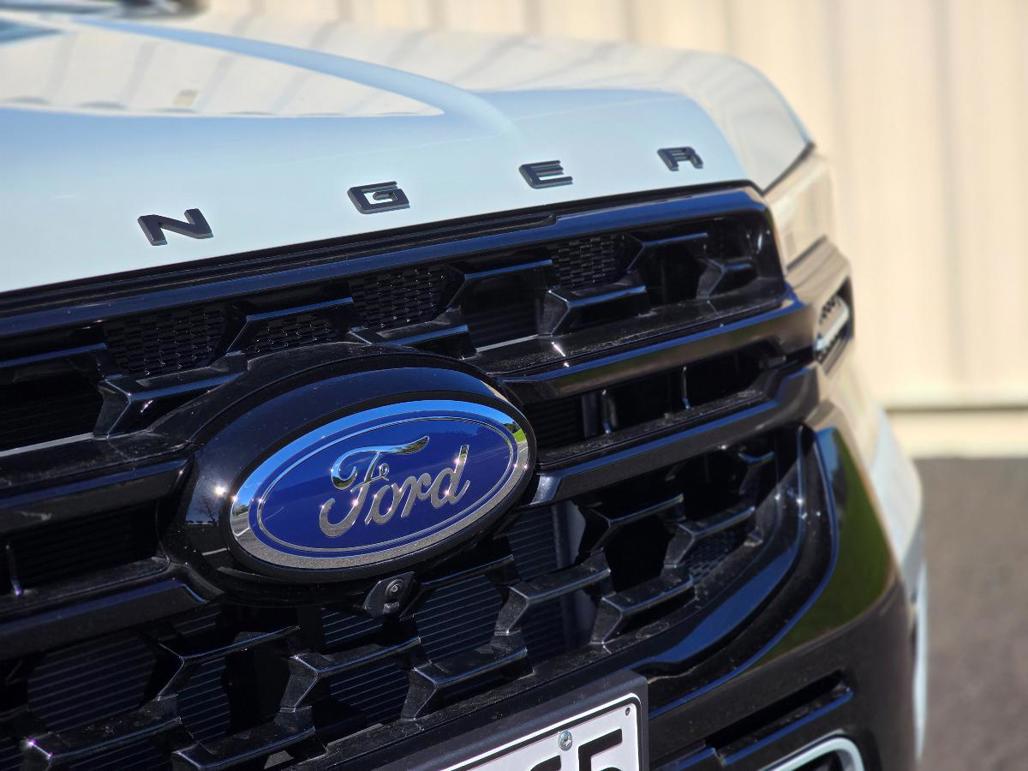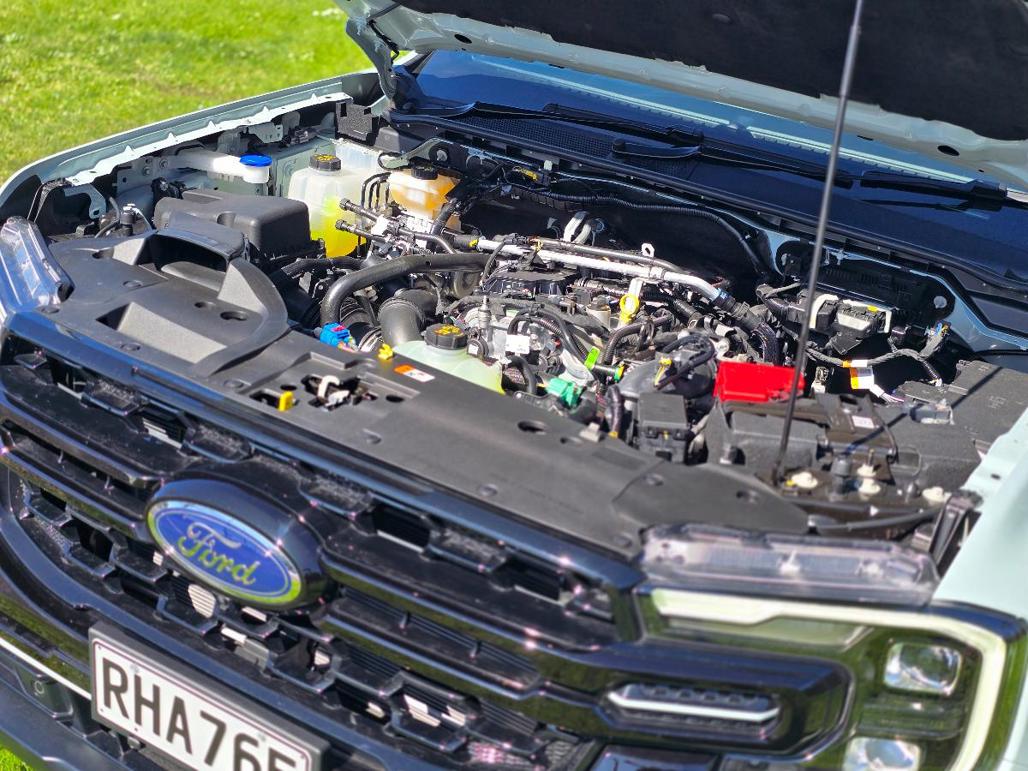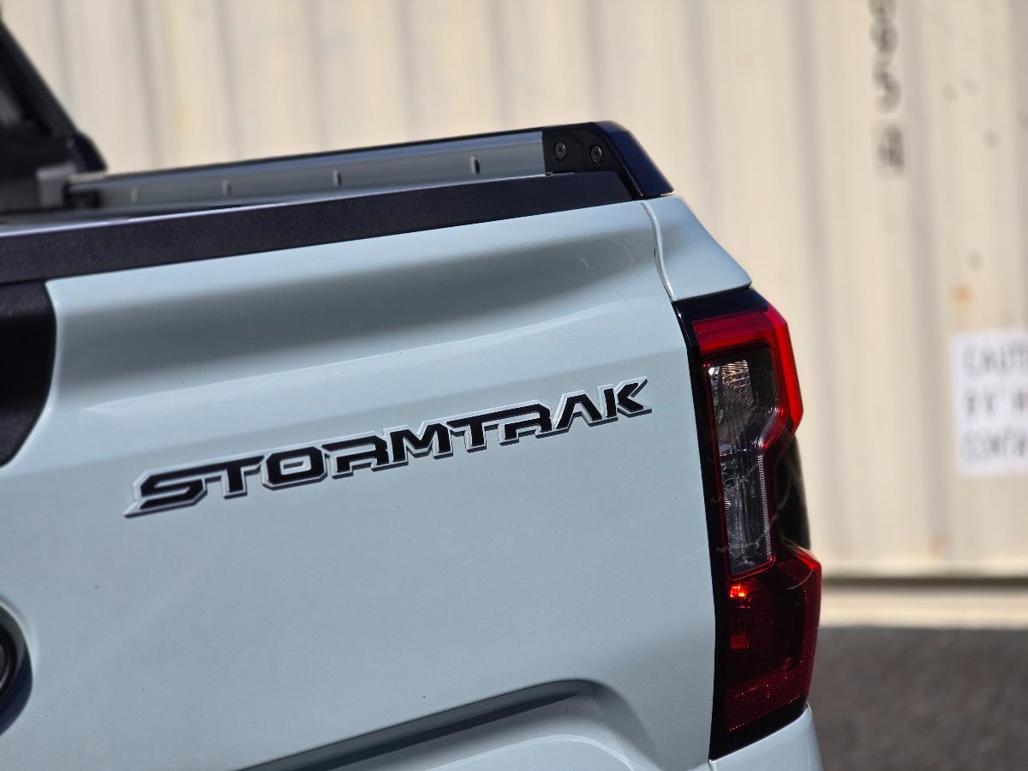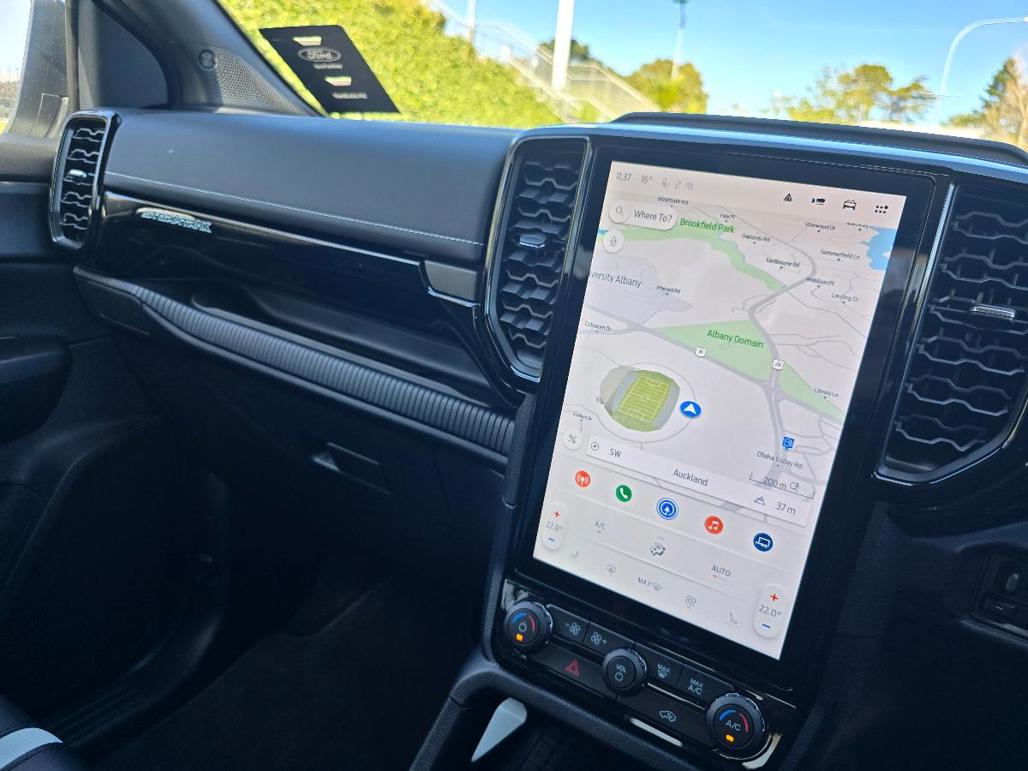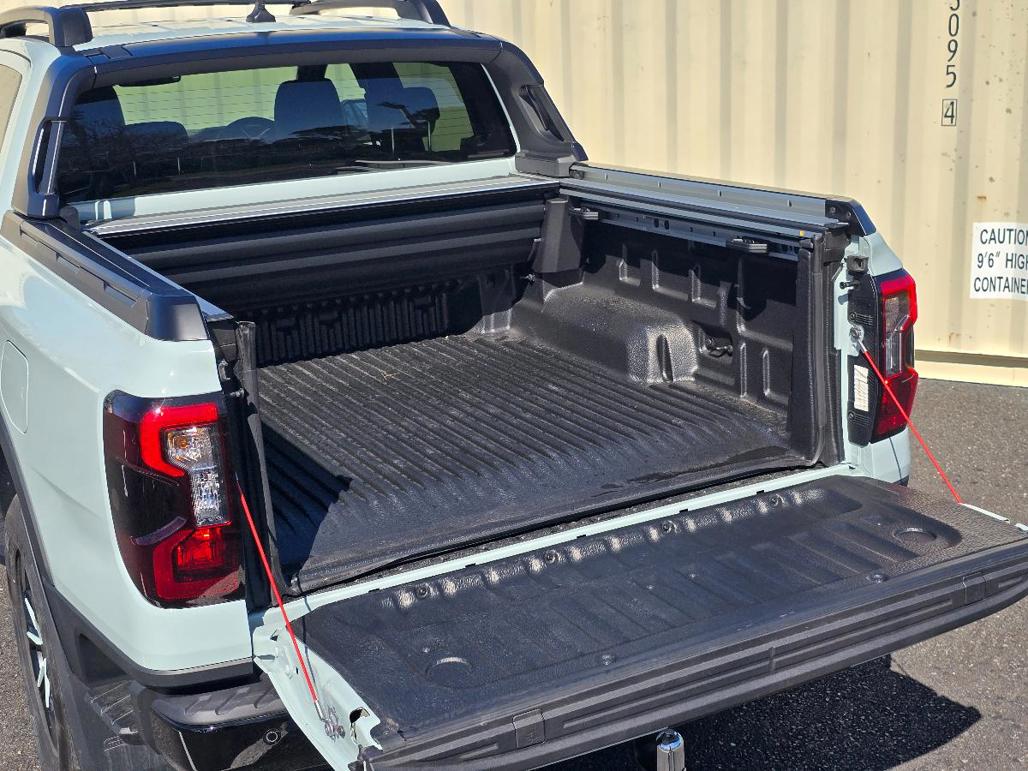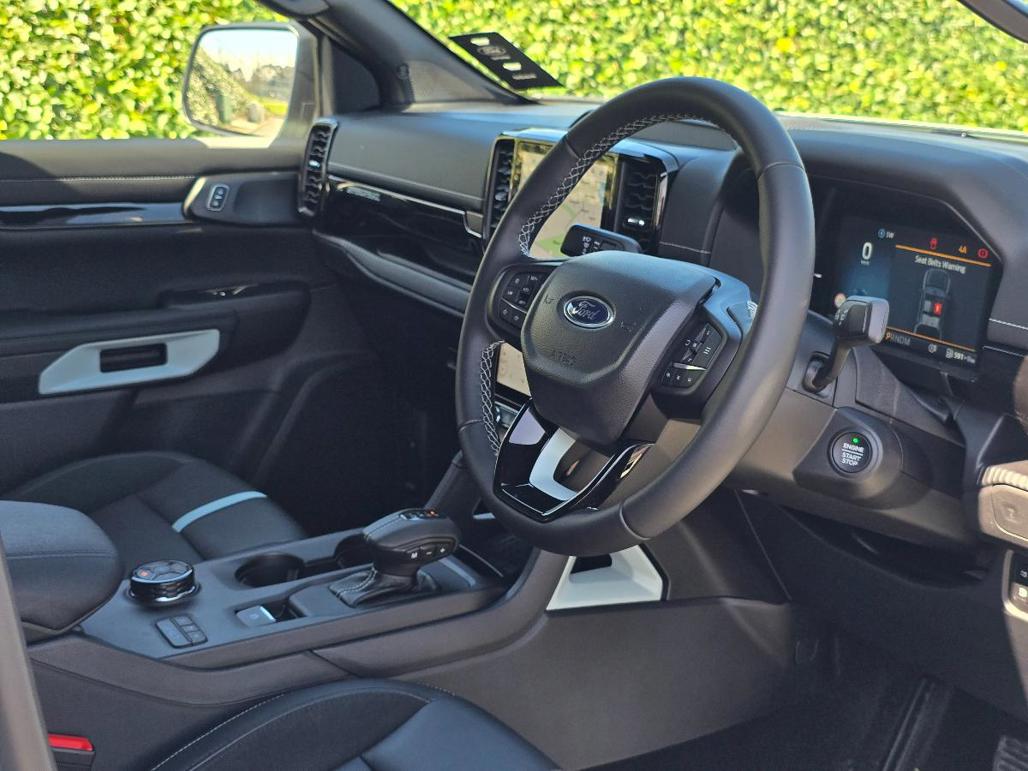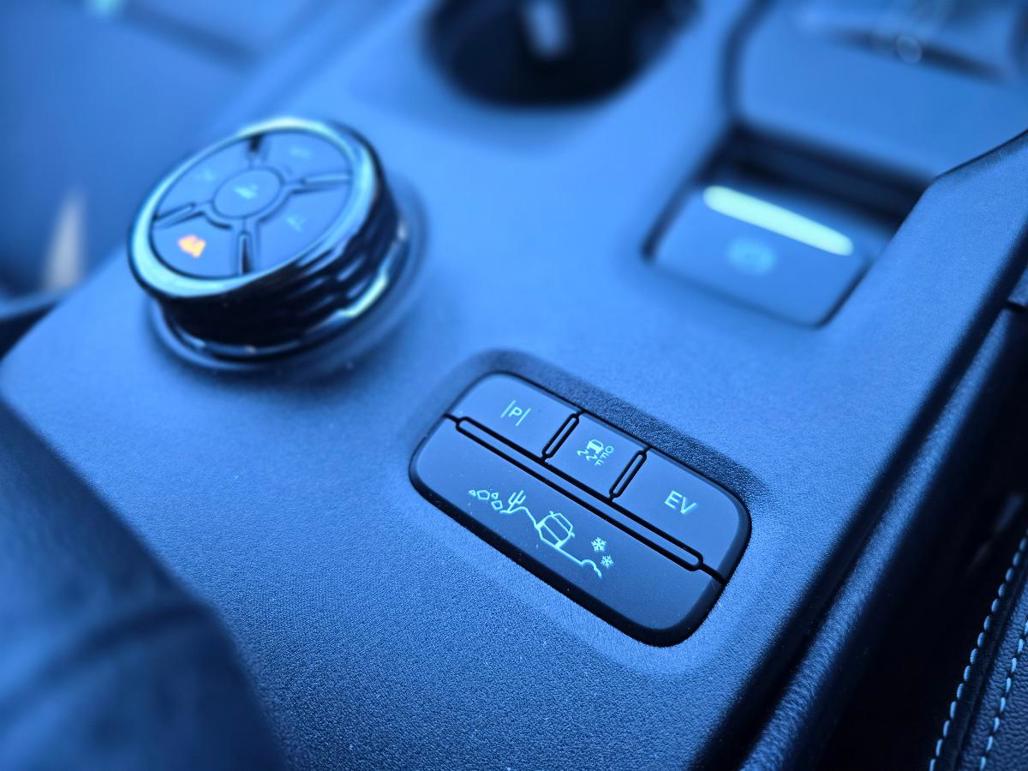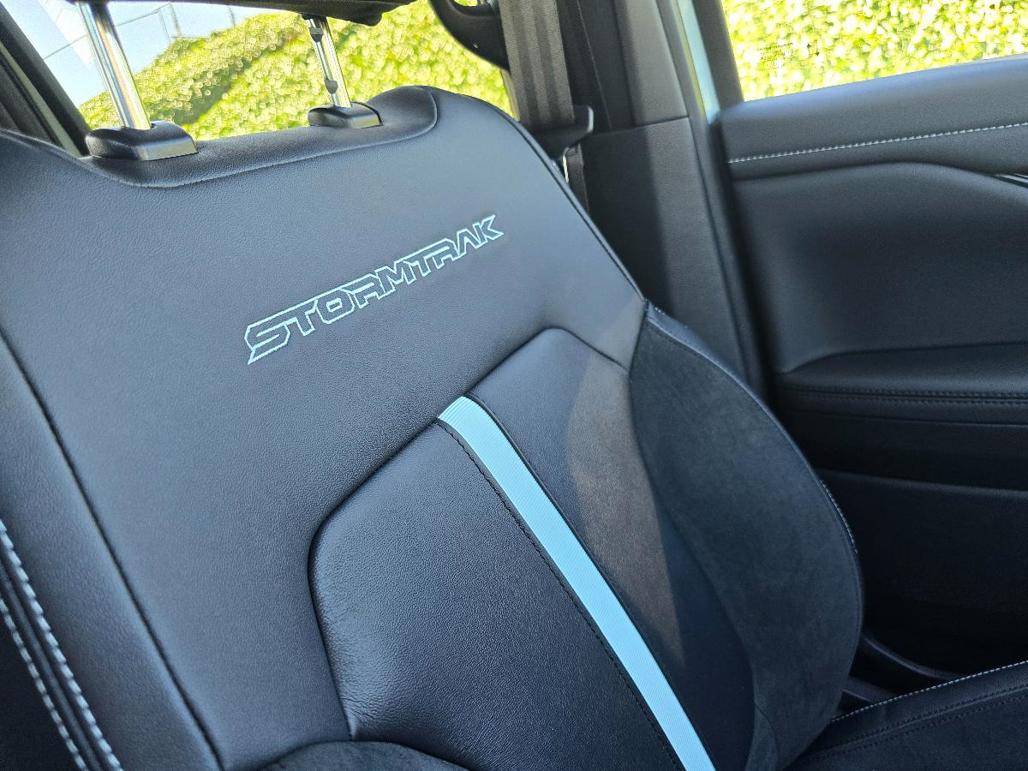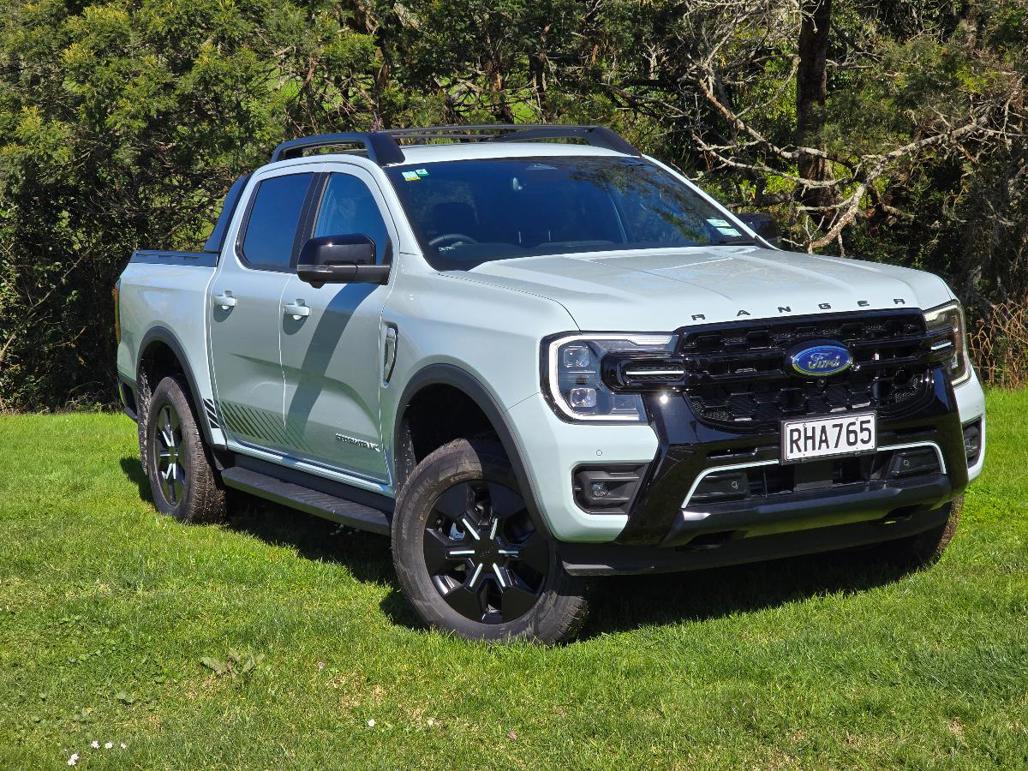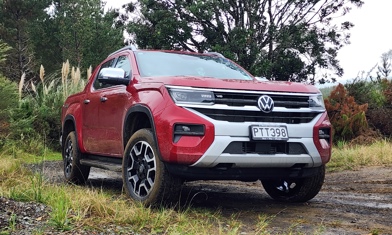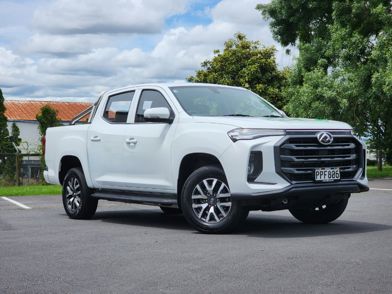Plug-in hybrid utes are a thing now, with the likes of the BYD Shark 6 and GWM Cannon Alpha both making their respective marks in the local segment, but the one that had people most excited when it was announced way back in 2023 was the Ford Ranger PHEV. And it is now finally here.
But here’s the thing; comparing PHEV utes is nowhere near as straightforward as comparing their diesel counterparts. Mainly because they all do their plug-in hybridy things in wildly different ways.
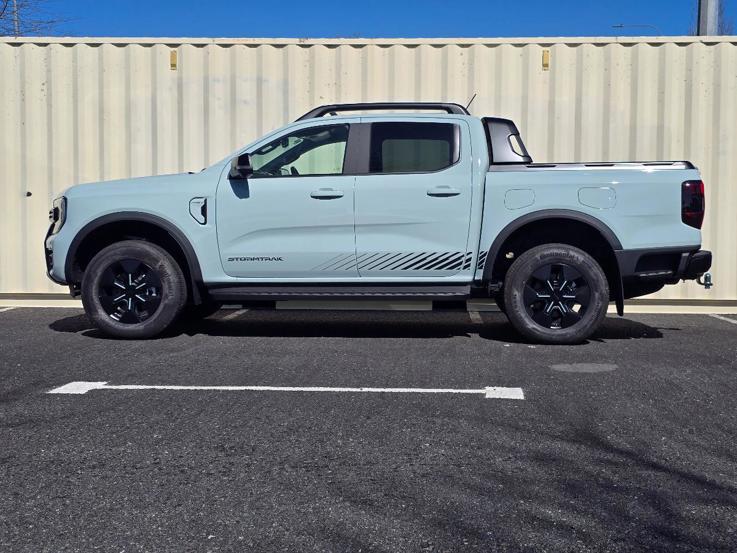
Where the BYD is essentially a range-extender EV, where the electric motors do all the driving while the petrol engine is essentially just a generator that charges the battery, the GWM is more of a traditional hybrid that uses both its electric motor and petrol engine to drive the wheels, so feels far more like a traditional ute to drive.
Then there is Ford, which has pretty much gone in another direction entirely.
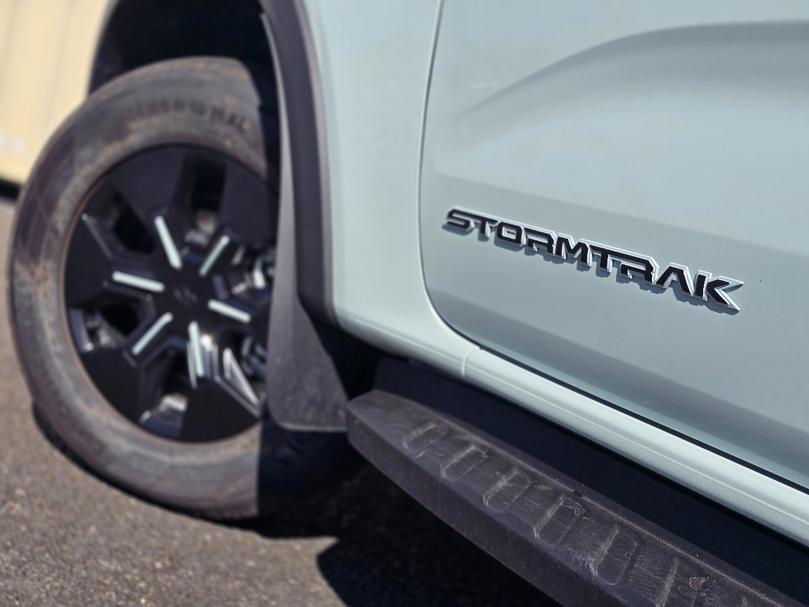
While, on the surface, the Ford has more in common with the GWM, in that its electric motor and petrol engine share motivational duties, they way the Ranger uses that power from its battery differs significantly from the Cannon.
That is because Ford has steadfastly maintained that the Ranger Hybrid needs to be a Ranger first and a PHEV second, meaning that it needs to retain all the towing (3500kg), carrying (up to 973kg depending on the model) and off-road abilities of its diesel brethren ahead of being a fuel miser or electrified performance powerhouse. Both of which it still is, but not to the extent of its direct Chinese competition.
First, and most noted by most people, is the Ranger’s smaller battery and the resultant all-electric range of just 43km. This is significantly down on the BYD's 100km and the GWM’s 115km, and also means that the Ranger spends far more time using its petrol engine than the other two.
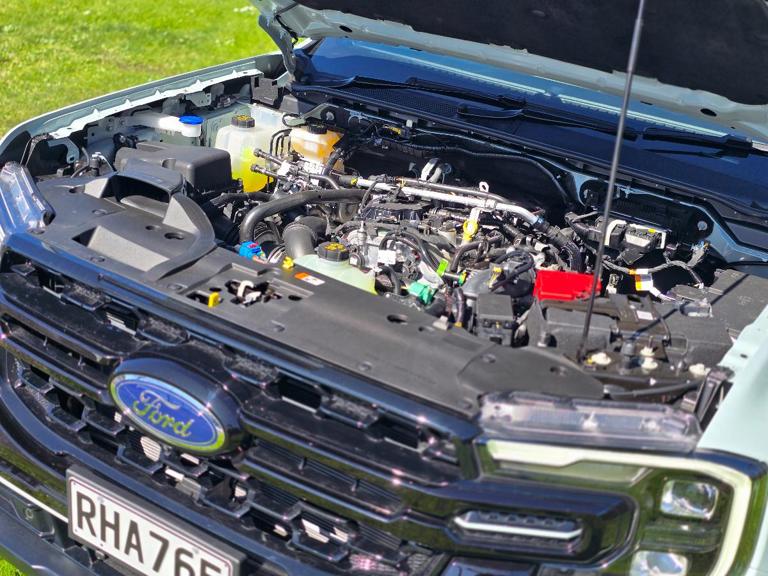
Of course, the Ranger’s 2.3-litre EcoBoost turbo four-cylinder engine is an excellent thing that we have seen here previously in pure ICE form in the Volkswagen Amarok Aventura TSI, and is a smooth and powerful unit.
With the Ford having a relatively small battery, it would make sense that it can be charged up relatively quickly, right? Well, yes and no...
Add electrification to that and you get even more grunt and a boost in refinement, but not to the levels of the BYD - the Ford’s electric motor is ahead of its transmission, so still shifts even on electric-only power and you never get the same seamless EV push as you do in the Shark.
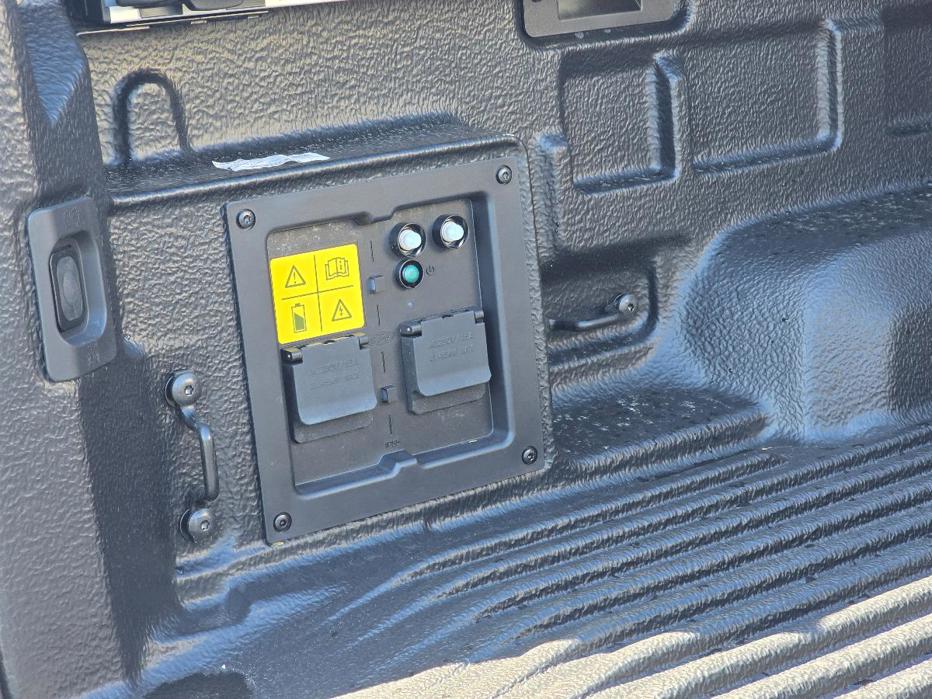
However, with a hefty 207kW and 697Nm on offer (compared to the Ranger 2.0-litre diesel's 154kW/500Nm), it is a considerably smoother than a diesel Ranger with more refined power delivery.
You can lock the Ranger into EV-only mode, which is great for pottering around town, but also throws up an interesting wrinkle - the Ford’s electric motor only pumps out 75kW of power, meaning the Ranger is rather slow being pushed along on this alone. Again, it’s that “Ranger first/PHEV second” thing.
With the Ford having a relatively small battery - just 11.8kWh - it would make sense that it can be charged up relatively quickly, right? Well, yes and no...
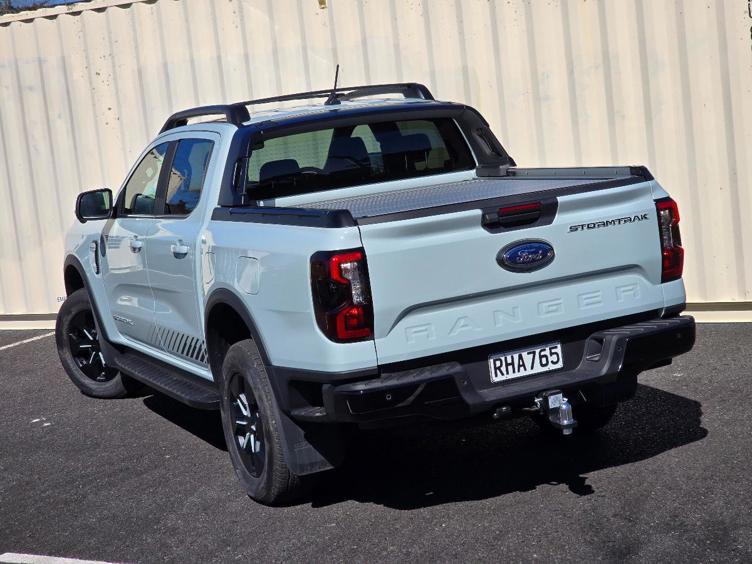
While the Ranger will charge up surprisingly quickly when pottering around town at urban speeds or left idling in Ford’s trick Power Pro Onboard generator mode, it’s not so eager to charge when driving at highway speeds or, weirdly, even plugged in.
The Ranger PHEV is aimed squarely at one type of customer - the ones who regularly use their ute as a working vehicle in a relatively localised area - yep, that’s tradies and farmers.
Out at open road speeds it will charge, but also has to use the power and petrol engine to push the Ranger along, so it is at a much slower rate than when the petrol engine can just act as a generator. Which makes sense.
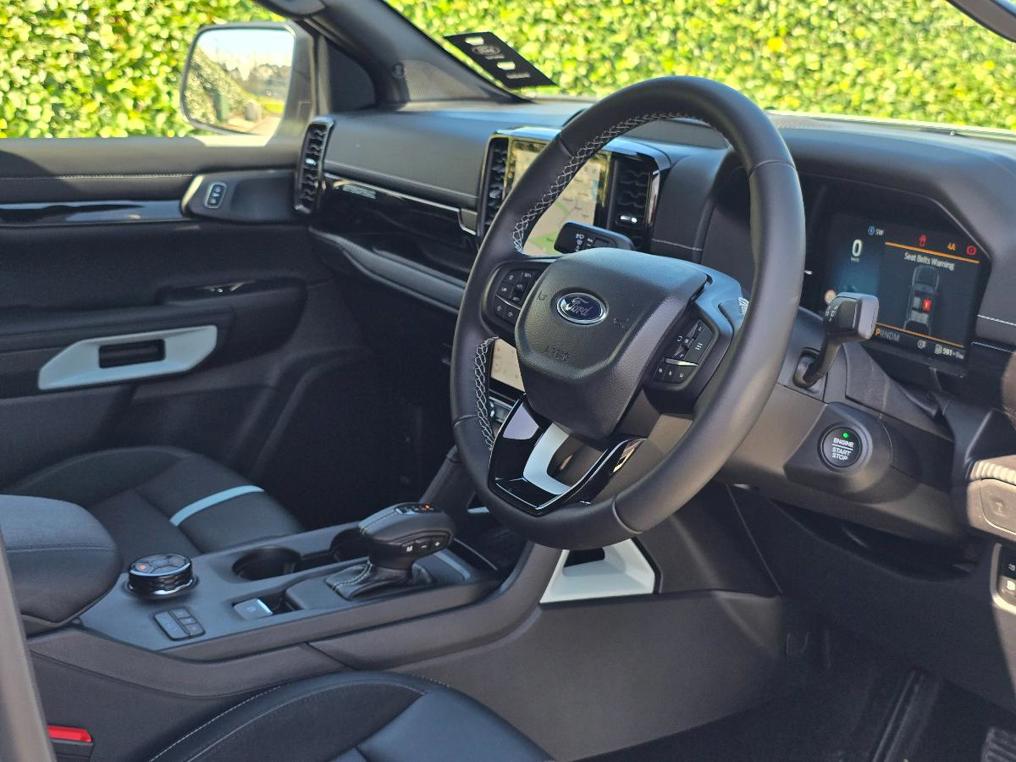
What doesn’t really make sense (to me at least) is Ford’s decision to limit the Ranger's on-board charging capabilities to a meagre 3.5kW. This means that, even when plugged into an 11kW wallbox (no DC fast charging here) the Ranger will charge barely faster than when plugged into a socket with the supplied 2.3kW three-pin charger. Or just idling.
All of this does mean the Ranger PHEV is aimed squarely at one type of customer - the ones who regularly use their ute as a working vehicle in a relatively localised area - yep, that’s tradies and farmers.
While it would still make an excellent recreational vehicle - the Pro Power Onboard ability alone makes it perfect for weekend camping getaways - the true benefits from Ford’s PHEV system come if you spend more time at urban speeds or on a work site.
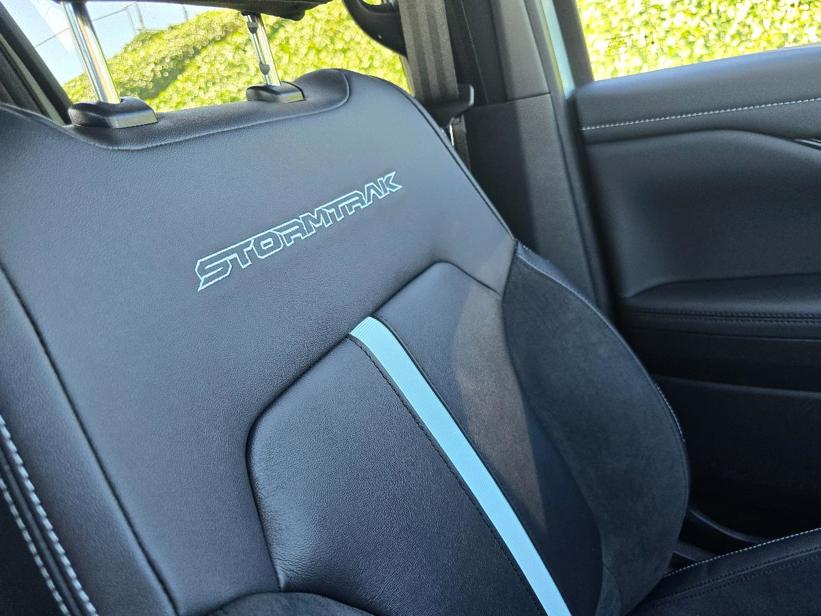
Charge it overnight so it is fully charged in the morning and either head out onto the farm, or to the job site and you have an incredibly practical work ute that will use minimal fuel and have big grunt when you need it. However, if that farm or job site is a long open road commute away the Ranger loses some of its ability to impress.
While the Ranger Hybrid is definitely more suited to a tradie or farmer, the high-spec (and corresponding expensive) Stormtrak is a bit more of a niche proposition.
As far as being a fuel-miser hybrid goes, well, that's equally dependant on the use case. Ford claims a combined fuel consumption of just 2.8l/100km for the PHEV, which it is capable of doing, just not for long. If you want to reserve the battery power for the worksite or run it down before you get there, then you'll generally see between the 7 and 9.0l/100km we got during our week with it, which is pretty consistent with the other PHEV offerings in the market once they have depleted their considerably larger batteries.
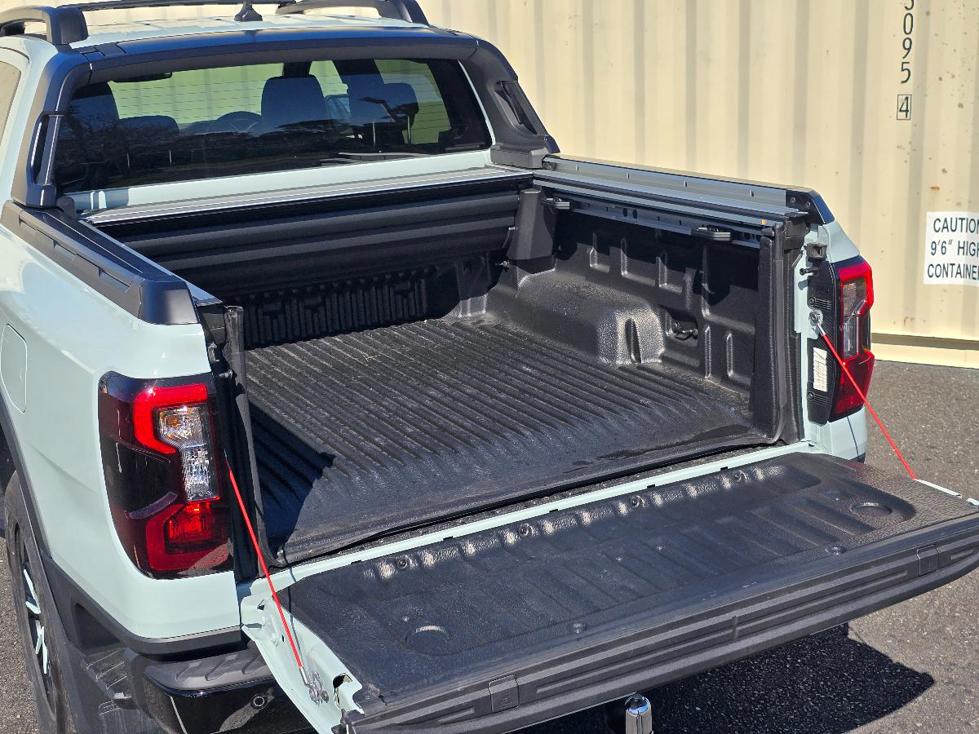
But then, of course, comes the price. Not only is the Ranger Hybrid considerably more expensive than the GWM Cannon Alpha PHEV ($64,990) and the BYD Shark 6 ($69,990), the PHEV models are also considerably more expensive than their equivalent diesel siblings, which throws up all sorts of conundrums: for example, the most affordable hybrid is the XLT workhorse model aimed at its core tradie/farmer market at $82,990, but the equivalent diesel model is whopping $15,000 less, which would buy you a pair of decent (and still relatively compact) portable generators...
But the Stormtrak you see here that is aimed at the more off-roady-oriented lifestyle buyer drops at a hefty $94,990 which is a tiny $1500 less than the mighty 292kW/583Nm petrol V6 Raptor. Sure, it doesn't tow as much, can't carry as much in its tray, will use more fuel and doesn't have the handy Pro Power abilities, but those sure sound more important to the tradie segment to me...
While Ford's truly commendable drive to make the PHEV every bit as capable as a normal Ranger has left it compromised in the hybrid department, narrowing its appeal to a much smaller segment of the market, it remains an undeniably excellent vehicle, with all the off- and on-road advantages of the diesel Ranger, but with more grunt, smoother power delivery and the genuinely useful Pro Power Onboard feature.
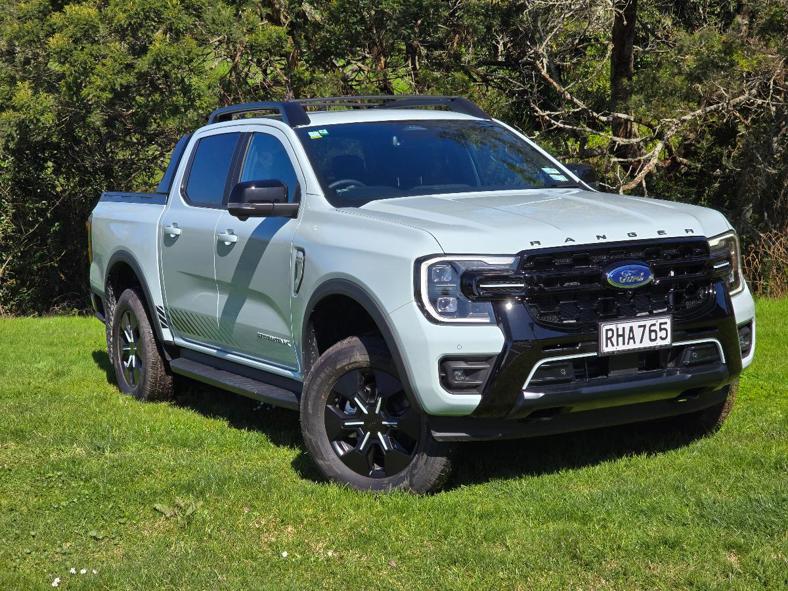
How much is the Ford Ranger Hybrid Stormtrak?
Quite a lot... The Stormtrak is the top model in Ford's hybrid Ranger line up, landing with that aforementioned uncomfortably-close-to-Raptor $94,990 price tag. It is fully loaded with standard equipment, including 18-inch alloy wheels, Ford's Flexible Rack System, B&O audio and a power roller tonneau, but is still asking that Ranger reputation to do a lot of the heavy lifting of that $30k price difference between it and the GWM Cannon Alpha PHEV...
What are the key statistics for the Ford Ranger Hybrid Stormtrak?
Like all Ranger Hybrid models, the Stormtrack is powered by a 138kW/411Nm version of Ford's excellent 2.3-litre four-cylinder turbo petrol engine. An electric motor and 11.8kWh battery bump that up to a combined system total output of 207kW and 697Nm that drives all four wheels via a full-time 4WD system and a ten-speed automatic transmission.
Is the Ford Ranger Hybrid Stormtrak efficient?
Yes, it is. Ford claims a combined fuel economy of 2.8l/100km for the Ranger Hybrid, but as with all PHEV combined figures, that has to be taken with a grain of salt and a pile of reality - lab tests show PHEVs in light of perfect conditions, and reality is never perfect. In reality, the Ranger Hybrid is still impressively efficient for a ute, however, returning around 8.0l/100km during our time with it.
Is the Ford Ranger Hybrid Stormtrak good to drive?
The improved refinement and drivability is probably the highlight of Ford's PHEV drivetrain, with the Ranger Hybrid easily exceeding its diesel siblings in this regard. Performance is also impressive, exceeded only by the petrol V6 in the Raptor, although the big diesel V6 still runs it close.
Is the Ford Ranger Hybrid Stormtrak practical?
Absolutely. The Stormtrak packs Ford's clever Flexible Rack System that masquerades as a sports bar, but can become a full-length rack system at the flick of a switch, while also offering all the standard Ranger practicalities. Then there is the undeniable practicality of the Pro Power Onboard system that essentially transforms the Ranger into a portable generator.
What do we like about the Ford Ranger Hybrid Stormtrak?
The Pro Power Onboard system is excellent, going further that your standard V2L systems by offering up to 6.9kW system output - most V2L systems offer around 2.3 to 3.5kW, while the systems in the BYD Shark 6 and GWM Cannon Alpha top out a 6 and 6.6kW respectively. Likewise the performance and refinement of the powertrain is equally impressive.
What don’t we like about the Ford Ranger Hybrid Stormtrak?
The strange decision to limit charging to just 3.5kW that holds the Ranger back from being a truly good hybrid. And the hefty pricing.
What kind of person would the Ford Ranger Hybrid Stormtrak suit?
While the Ranger Hybrid is definitely more suited to a tradie or farmer, the high-spec (and corresponding expensive) Stormtrak is a bit more of a niche proposition. While a lifestyle customer would get less advantage from the Pro Power system thanks to the small battery and slow charging, it would still be an absolute advantage for anyone who does a lot of camping, while the sheer refinement and grunt will just make everyone happy.

